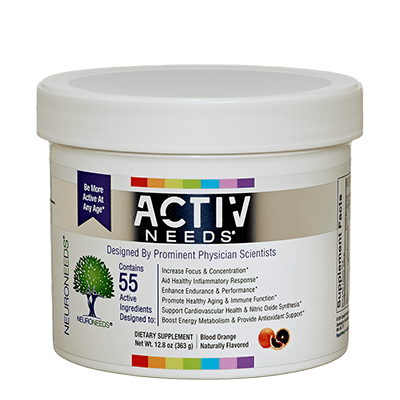$84
QUERCETIN (AS QUERCETIN DIHYDRATE)
Quercetin is a plant pigment, known as a flavonoid, which is especially abundant in red wine, onions, green tea, apples, berries, and several herbs. Quercetin is often used in order to promote health, and has a wide range of biological actions. However, the main use of quercetin involves its antioxidant properties and effects on inflammation and immune function. As such, Quercetin is used in a wide variety of disorders, involving many different conditions involving most organ systems. Quercetin is the most-common flavonoid, and is the one most studied in human health and disease. Quercetin is conjugated to different sugars, and when that sugar is rutinoside (quercetin-3-O-rutinoside), the compound is called “rutin”. Rutin is found in a wide variety of plants, is often added to quercetin in order to increase bioavailability, and itself is thought to have many properties that promote health. EnergyNeeds® includes both quercetin and rutin. Side effects are rare at usual doses used in supplementation. There may be an interaction between quercetin and the fluoroquinolones class of antibiotics, such as ciprofloxacin. Consult your physician especially if you are taking medications that may interact with dietary supplements.
Quercetin in EnergyNeeds
Quercetin and quercetin-3-O-rutinoside (rutin) are added for its antioxidant properties and effects on inflammation and immune function. Side effects are unexpected.

Quercetin is a plant pigment polyphenol, known as a flavonoid. Quercetin is the most-common flavonoid. It is found in many plants and plant-derived products, such as red wine, onions, green tea, apples, berries, and several herbs.
The flavonoids are not human products, and are not required for health. However, flavonoids are often used in order to promote health. Quercetin has a wide range of biological actions including anti-carcinogenic, anti-inflammatory and antiviral activities. Quercetin also supports attenuation of lipid peroxidation, platelet aggregation, capillary permeability, and mitochondrial biogenesis. However, the main use of quercetin involves its antioxidant properties and effects on inflammation and immune function. Quercetin possesses both mast cell stabilizing and gastrointestinal cytoprotective activity.
Quercetin is a plant product, and deficiency in humans is not known.
Quercetin is used in a wide variety of disorders, especially those involving immunity and/or inflammation. Since these processes are widely involved in disease, quercetin is sometimes used in many different conditions involving most organ systems.
Quercetin is the most-common flavonoid, and is the one most studied in human health and disease. Quercetin is conjugated to different sugars, and when that sugar is rutinoside (quercetin-3-O-rutinoside), the compound is called “rutin”. Rutin is found in a wide variety of plants, including citrus. Rutin is often added to quercetin in order to increase quercetin’s bioavailability. However, rutin itself is thought to have many properties that promote health, and like quercetin, is sometimes used in many different disorders. EnergyNeeds® includes both quercetin and rutin.
Quercetin is present in multiple plant products. It is generally well tolerated. Headaches and tingling are reported side effects, but are unlikely at the dosages present in EnergyNeeds®. There may be an interaction between quercetin and the fluoroquinolones class of antibiotics, such as ciprofloxacin, in which quercetin may both reduce the effectiveness of the antibiotic as well as reduce organ damage associated with the antibiotic.
How and Why Are Quercetin and Rutin Used in EnergyNeeds®
Quercetin is added to EnergyNeeds® for its excellent antioxidant qualities as well as its effects on inflammation and immune function. Rutin is added to increase quercetin’s bioavailability. Side effects are unexpected at the doses used in EnergyNeeds®.
Order EnergyNeeds®Today
Formulations










